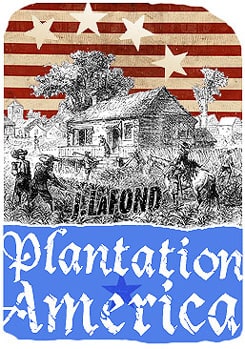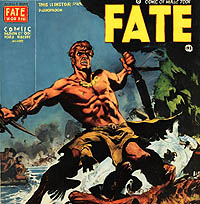Note the surge in runaways at the time of the Indian uprising on the frontier that engulfed Peter Williamson.
Five foot four inch Irish “hired servant man” ran away from his owner, Basil Brook, who is willing to pay “10 shillings plus what the law allows,” for his recovery.
Fifteen year old William Kenley, “an apprentice lad” is thought to be hiding with his father in Baltimore County, and is worth forty shillings and additional rewards for his return to William Dunlap. That is interesting, that apprenticeships were not two-way contracts—even between indigenous Americans—but actual terms of slavery and that families were suspected of harboring their fugitive relatives!
Andrew Beall was willing to pay four or five pistols and coin for the return of “sly look” “servant man” Nathanael Sherlard, a “clean-limbed” man who stole some of his master’s goods and had an accomplice.
Colonial Maryland was a white slave state. Note that, in the absence of a police force, what this meant was that anyone seeking a reward for one of the above men could kick in the door of a family home and act as modern bail bondsmen do, with brutal impunity, with the law amounting to nothing but a bounty system for the recovery of human chattel.
Note
Early black slave narratives use the term servant and slave interchangeably. Frederick Douglas was aided in his escape by poor whites he had befriended in Baltimore, where his fellow blacks had betrayed him in Talbot County, and who he was loathe to name for fear of reprisals against them. Just as slavery of blacks in the U.S. was built on the system used to exploit whites, on the very lands cleared by white child slaves worked to death in the first 150 years of colonial life, it seems that the ways by which slaves escaped and made their way to freedom also had its genesis with the efforts of poor whites to help each other escape their cruel masters. Evidence for this has been shown in the tale of Moses Roper.
The link to the fragments sited above can be found at the link below:
“Catch those runaway white boys, some are hiding in Baltimore, I hear.”
-Mescaline Franklin











